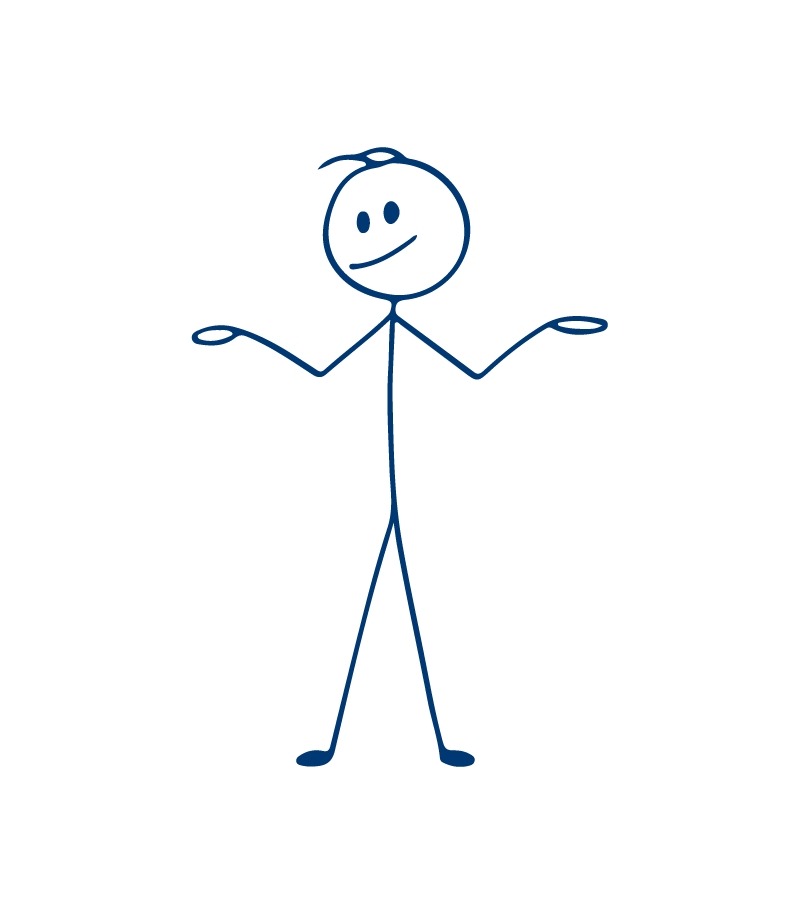Difference, Disorder, or Disability?
Removing the Stigma Surrounding Sensory Differences
All information by the STAR Institute
What makes differences in sensory integration and processing a disorder? At which point is this a disability?
It is incredibly common for differences in a person's body works to be blamed for that person experience of being handicapped, impaired, or differently-abled.
The responsibility for the impairment or the deficiency is placed on the person, the patient, the client, the student. Once we start paying attention to the barriers our environment and our culture create we very quickly realize that most disabilities are imposed. This means that they are caused by the way the world is designed.
Most "handicaps" are created and perpetuated by the way we design our spaces, write laws and policies, communicate, and act.

My different body does not fit into the system, the space, the policies, and the social norms of my world. I look and sound different, and I experience the world as hostile and harmful to my sensory systems. So am I disabled?

Differences
From one person to the next there is a tremendous difference in how our brain-and-body take in and process sensation every day. This means that everyone's experience of the world is different. We also have different sensory preference – what is cold to you might be shorts weather to someone else. What is spicy to you is usually pretty bland to someone else, even loudness can be a matter of opinion. Some people's sensory differences mean that their experience of the world is SO DIFFERENT that we cannot even imagine what it feels like to be in their body, and how their body feels in the world.
Disorder
When sensory differences interfere with the ability to function and participate, we might describe that as disordered sensory processing (which does not mean the person is disordered). For some people it really does feel like sensations are out of order, blocked, chaotic, and/or disorganized.

Disability
Sometimes a person's sensory integration and processing differences are so profound that it is experienced as a physical disability. This brain-body disconnect can present itself in a lot of different ways. For some people, their bodies move when they do not want them to or expect it to, while other people's bodies may not respond to what their brain is wanting them to do. There can also be a mixture of these two phenomenons that can make things more complicated. This brain-body disconnect can include movement, noise making, and even speech.

LET'S LEAD THE WAY
When we look at the environment and cultures people live in we can usually make a lot of changes that will help to feel safe, organized, balanced, and/or competent. One of the biggest things we can change is our expectation of what is "socially acceptable". We can also create opportunities for people to experience new and safe ways of interacting with their bodies and the world. We tend to call this therapy. When therapy is focused on the growth of a person – for their own sake – it is about creating new spaces for them to generate new patterns and grow into mastery of their bodies in space. Therapy should offer specialized support that focuses on the others. The goal is to minimize disability experiences whenever possible and acknowledge and validate disability experiences respectfully.

KEEP IN MIND
- Another person's differences, disorder, disability is not about your comfort or convenience. Accepting that there are different ways of accessing and experiencing the world benefits everyone.
There is no right way to human. - Most of the disability experience is imposed and caused by culture, design, environment, and systems. We can change physical spaces and ourselves.
- An individual's experience of disability should be respected, validated, and never diminished.
